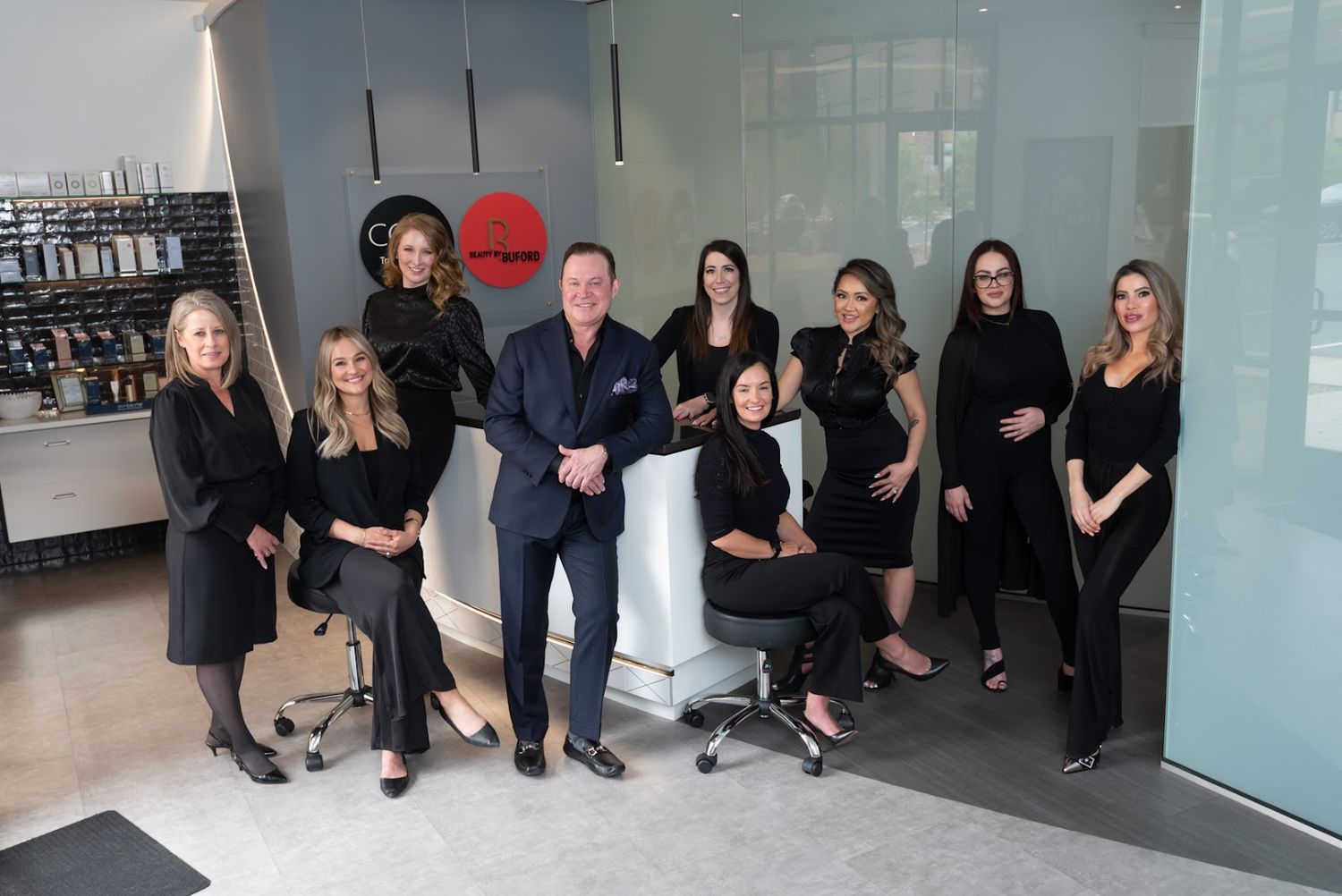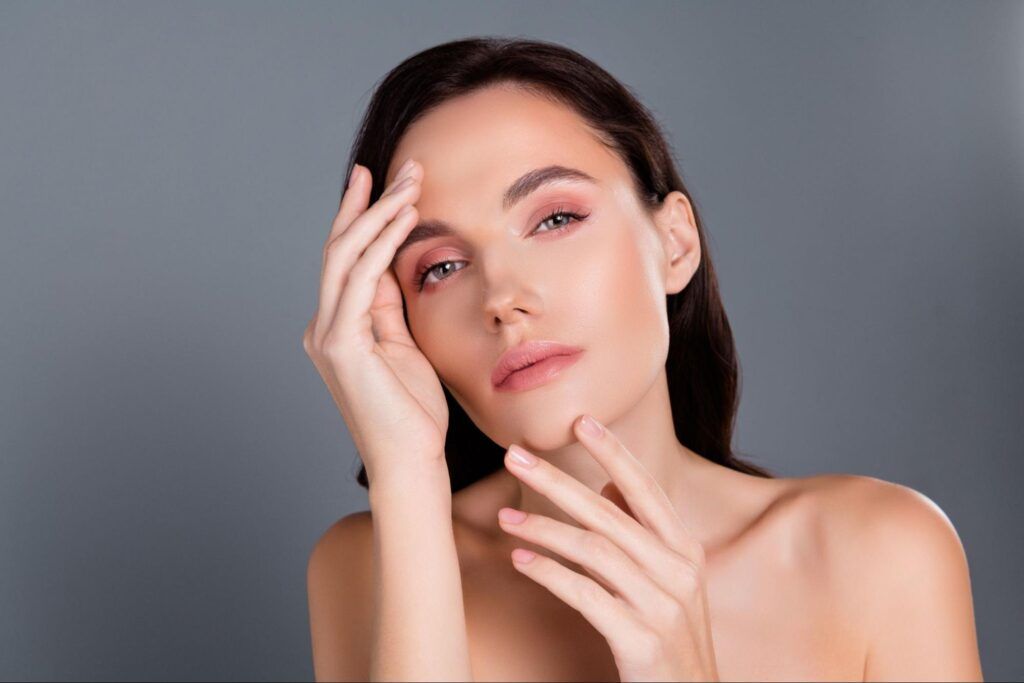
July 6, 2023
The skin is a remarkable tissue. It protects us from foreign invaders, holds our bodies together, and heals wounds exceptionally quickly. Although the skin does all this and far more, it isn’t an unbeatable system – and scars are proof that we don’t always heal back completely whole.
However, even though accidents happen and scars do, too, the experienced team at BEAUTY by BUFORD team is here to help you minimize the damage of new scars or reverse the appearance of old ones. As a nationally-recognized expert and trainer in the safe and effective use of non-surgical treatments, Dr. Buford is here to teach you about the first steps of scar treatment so you can look better faster after an injury or procedure.
Scar Formation 101
When you get a minor cut, your body sends all its resources to the injury site to heal it as quickly and effectively as possible. Red and white blood cells carry the necessary materials for healing the affected area and begin working to patch the cut as quickly as possible. Usually, your body can stop blood flow and plug up the wound with platelets. You may form a scab that slowly fades until your skin looks as good as new.
Some cuts, however, are too deep or broad for this process to prove completely effective. Instead, these skin abrasions may require the help of a protein called collagen to work similarly to platelets. Collagen collects at the site of injury, building and building until there is enough tissue to protect the area and begin the healing process. This usually results in a raised or bumpy section of skin that we know as scar tissue.
Unlike scabs, scars form permanent marks on the skin. It is usual for some of the collagen buildup to recede in the weeks or months after a scar is formed, making the appearance of the tissue softer and smoother, but after two years, whatever remains leaves a permanent scar on your skin.
Remember: scars usually look their worst within the first six months after formation, so while it’s best to do whatever you can to minimize the effects, don’t panic. Your scar will continue to heal over time. If you’re concerned about a scar forming after a recent procedure, it’s best to follow the tips below to prevent them from worsening, but our team can help you even after a scar has formed.
The Different Types of Scars
Scar tissue can cause emotional discomfort for many people, especially when they are in plain view. Patients may wear extra clothing to prevent others from seeing their scars or simply turn their discomfort inward and take a self-esteem hit. Their response is often related to the type of scar tissue formed and its location.
There are several types of scar tissue, and each presents unique stressors for those with them.
- Sunken Scars: Also known as pitted scars, sunken scars are usually the result of other skin conditions like acne or chicken pox. They leave crater-like indentations on the skin’s surface due to underlying fat loss.
- Fine-Line: These scars are typically the most natural-looking after they have completely healed. As a result of minor or thin cuts, fine-line scars are usually left after surgery or a minor wound. Collagen collects at the site during the healing process, leaving a thin, raised skin patch. Over a period of up to two years, these scars typically flatten out and fade.
- Hypertrophic: This scar tissue form is defined by an excess collagen growth at the abrasion site. The difference between the two, however, is that keloids may extend growth beyond the barrier of the initial injury, whereas hypertrophic scars only form where the injury occurred.
- Keloid: Similar to hypertrophic scars, this type of scar tissue is formed when the collagen that collects at the site of an injury is overproduced by the body, leading to thicker, more prominent scars that can cause emotional distress. This tissue is not harmful to the body, but because of the overdevelopment of protein, it can appear darker, higher, or cover a larger surface area than the initial abrasion. Keloids may even become itchy or uncomfortable, leading patients to seek treatment with Dr. Buford.

Scar Treatment at BEAUTY by BUFORD
It is impossible to prevent scars from forming altogether, but minimizing their appearance or treating them later is possible. If you’ve received a deep cut through an accident or surgery, following these steps could help you reduce the look of the resulting scar tissue.
#1: Apply Topical Treatments
According to Dr. Buford, one of the best ways to reduce the appearance of scar tissue is to use silicone sheeting for at least six months post-op to optimize scar outcome. Applying sunscreen or avoiding sun exposure can also reduce the risk of scar tissue hyperpigmentation. Other tips include avoiding picking scabs and applying petroleum jelly or other antibacterial ointments to the wound.
#2: Injections
Following a procedure, Dr. Buford may recommend using a hyper dilute botulinum toxin Type A injection (such as Botox, Dysport, Jeauveau, or Xeomin) to help reduce local wound tension and optimize long-term scar outcome.
For more advanced scarring, like keloids or hypertrophic tissue, corticosteroid injection treatments may offer relief. These shots may reduce inflammation or discomfort and show the best results over a series of repeated treatments.
Dr. Buford may also recommend dermal fillers to smooth the scar tissue for several years. Because fillers are not permanent solutions, however, you would need to get additional injections every few years.
#3: Microneedling
Using tiny needles to penetrate the top layer of skin, the VIVACE Ultra RF/MN microneedling technique stimulates more even collagen production. The new collagen minimizes the look of scar tissue, making your skin appear tighter, smoother, and brighter.
#4: Scar Revision Surgery
For more prominent or particularly discomforting scars, excision/revision is a potential treatment option at BEAUTY by BUFORD. This procedure removes the scar altogether before recovering it with a flap of skin or skin graft from another area of the body.

Rediscover Smooth Skin at BEAUTY by BUFORD
Whether recovering from a recent surgical procedure or getting a bad cut, scar treatments are available to prevent unsightly scar tissue from ruining your view in the mirror. Dr. Buford has been specially trained to approach scar treatment in various ways to fit each person’s unique goals, whether your scarring comes from acne, trauma, or medical treatments.
If you’re ready to rediscover smooth skin, contact our Lone Tree office for a consultation today!







